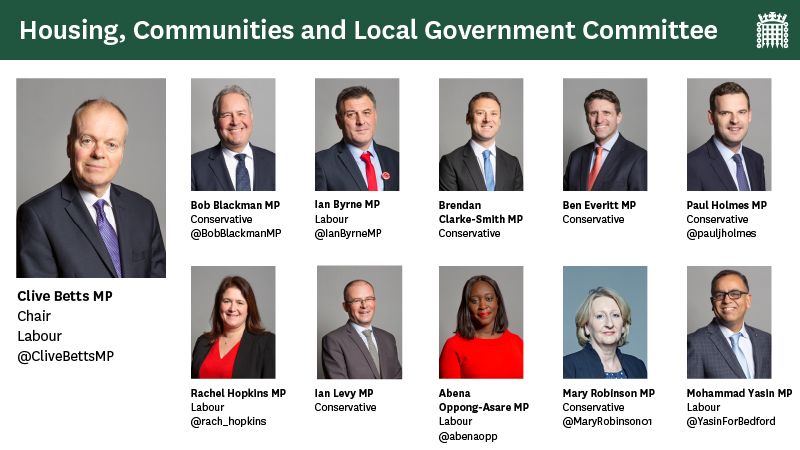Does the draft Building Safety Bill improve building safety?
Read our conclusions and recommendations to the Government on the draft Bill
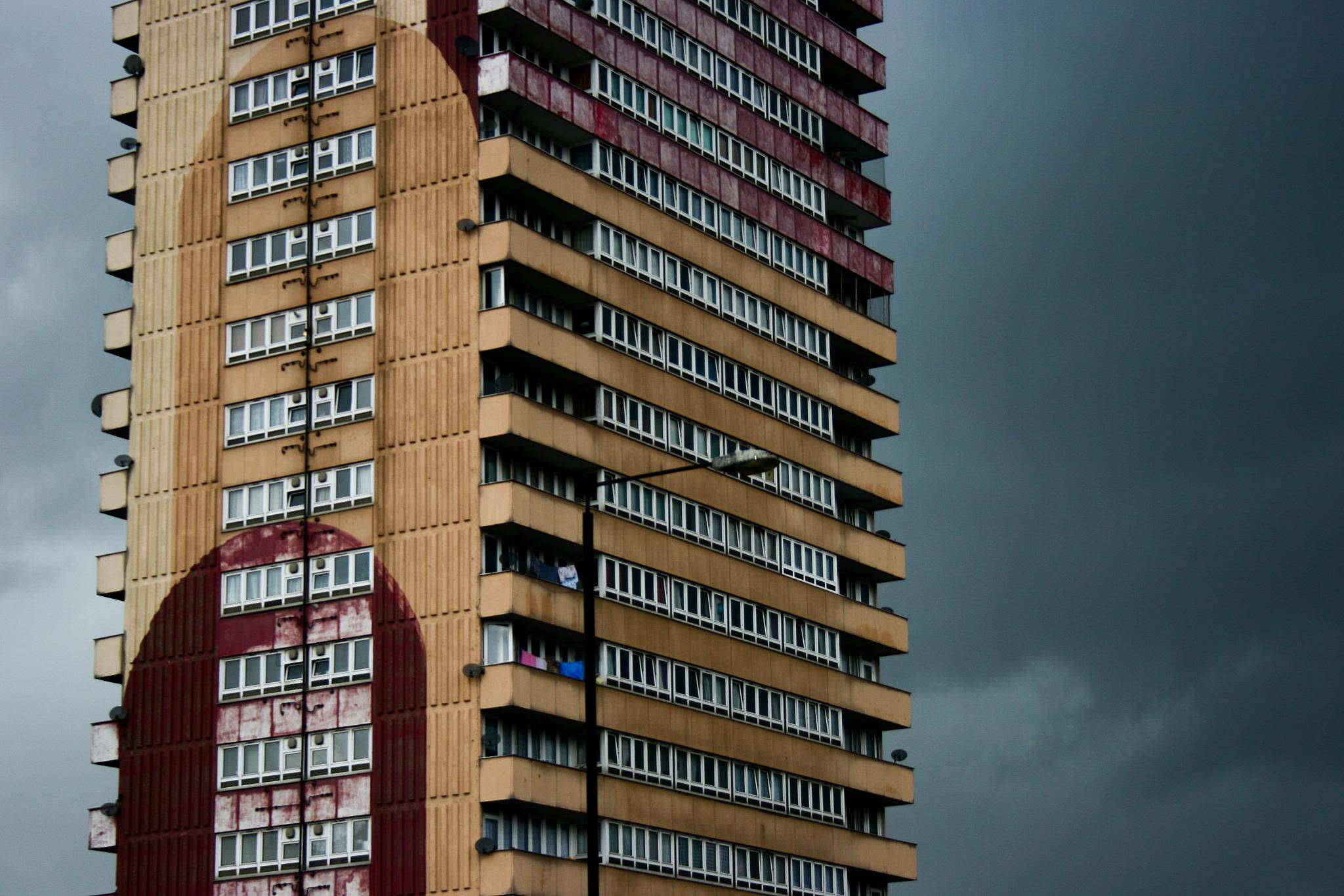
In July, the Government asked our Committee to comment on its draft Building Safety Bill.
The draft Bill is intended to improve building safety, especially in higher-risk buildings such as large residential tower blocks, and follows in the wake of the Grenfell Tower fire in 2017.
Following the Grenfell Tower fire, the Government commissioned Dame Judith Hackitt, a former chair of the Health and Safety Executive, to lead an inquiry into the regime for regulating building safety. Her final report identified many serious weaknesses and suggested ways the system could be strengthened.
The draft Building Safety Bill
The draft Bill aims to reform the building safety system. Principally, it does this by:
- establishing a new regulator, the Building Safety Regulator, to oversee building safety for higher-risk buildings
- identifying key people and organisations, called in the draft bill "dutyholders", who will be responsible for building safety throughout the lifecycle of higher-risk buildings, from design and construction through to occupation
- reforming the system for inspecting the quality of building work.
In our report, we welcome the draft Bill as a profoundly important step towards remedying the faults of the building safety regime but recommend ways the Government could improve it.
Leaseholders and historical building safety defects
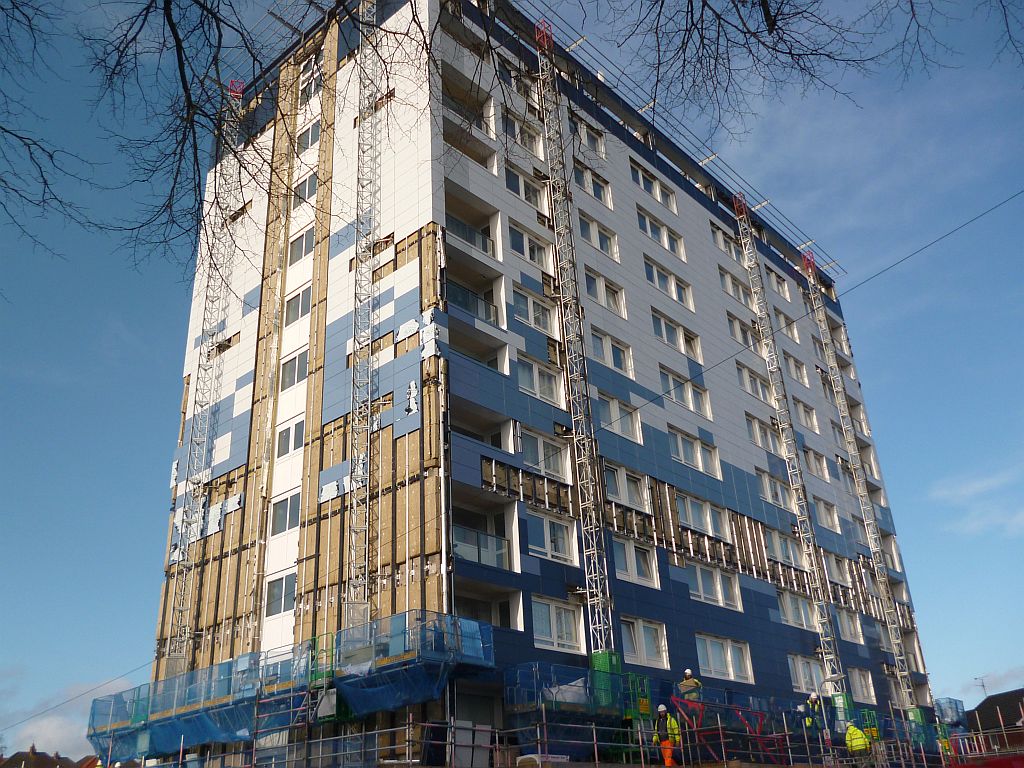
The draft Bill would allow landlords to charge leaseholders for the cost of fixing historical defects, such as unsafe cladding, even though the Government has repeatedly promised leaseholders would not have to pay for it. This is the most controversial part of the draft Bill.
“Leaseholders…should not be left to pick up the pieces of the broken building safety system.”
We discussed the Government's position on charging leaseholders with Lord Greenhalgh, Minister for Building Safety and Communities, at our session of 19 October.
In our report, we urge the Government to:
- guarantee that leaseholders will not have to pay
- come up with alternative proposals for financing the remediation work
- explore ways of making building companies pay for fixing problems they created.
What sort of buildings will be regulated?
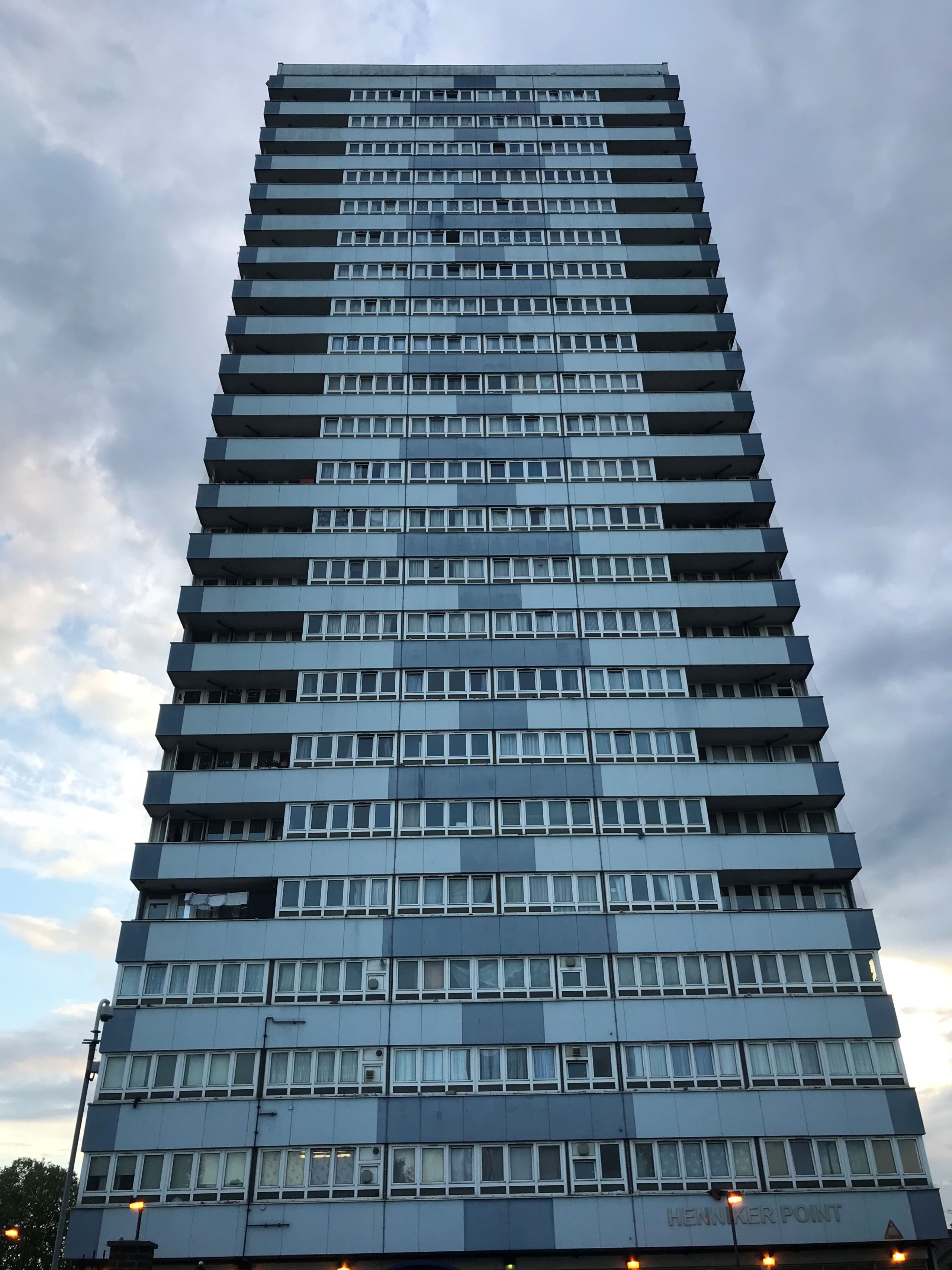
The new regime will cover “higher-risk buildings”, which the Government currently proposes to define as any building over 18 metres or six storeys.
During our inquiry, many people told us that height alone was a poor measure of risk and that the Government should consider other factors, in particular:
- the vulnerability of resident
- people’s ability to evacuate the building.
What we are asking of the Government:
We recommend that in the future the Government include buildings where vulnerable people live, although we accept the practical difficulties of including too many buildings from day one.
Competence in the construction industry
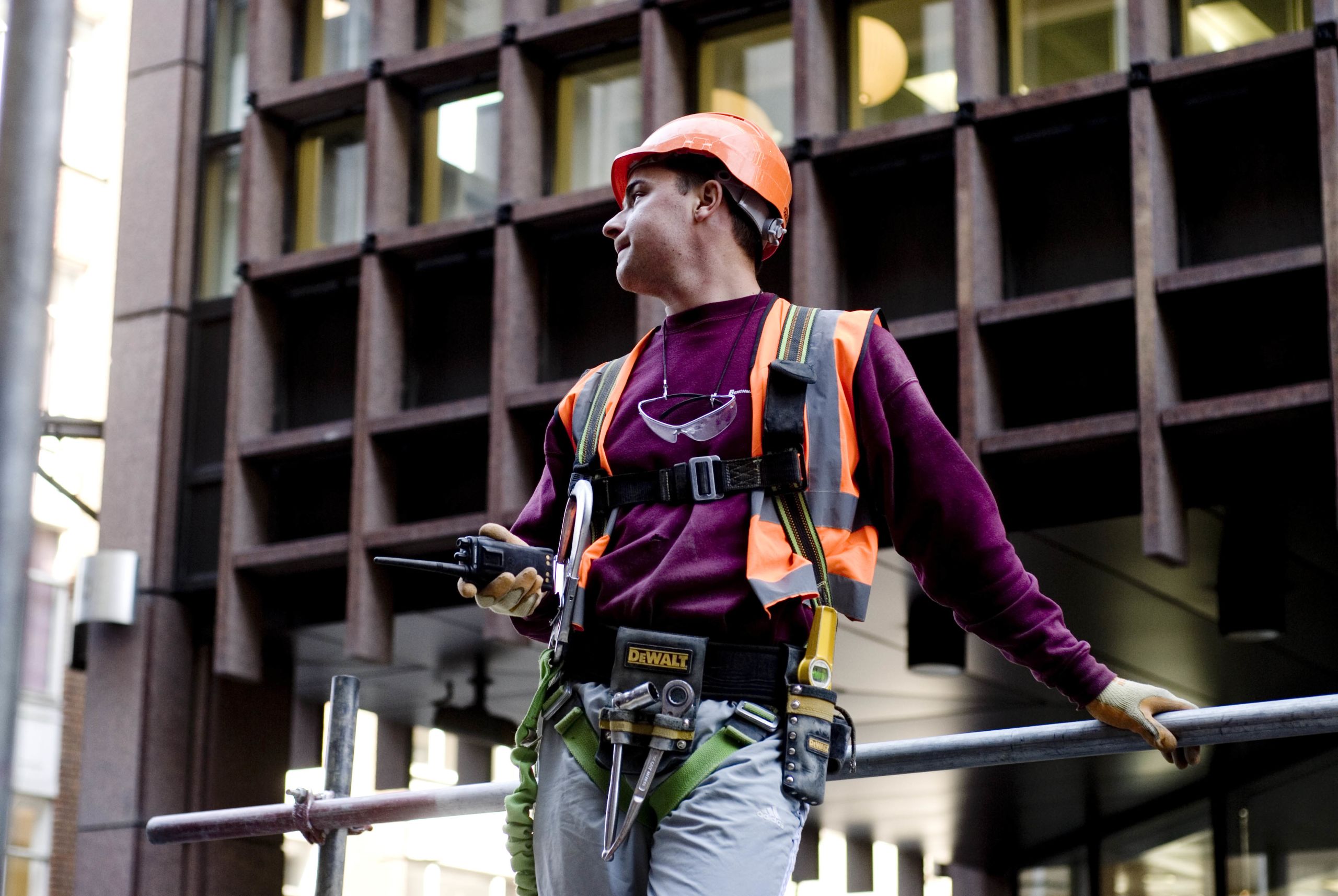
Levels of competence in the construction industry
The report by Dame Judith Hackitt found low levels of competence in many parts of the construction industry. It also criticised the ability of building companies to choose who inspects their building work.
"... the lack of a coherent and comprehensive approach to competence can seriously compromise the fire safety of HRRBs [higher risk residential buildings], for example, where decisions are taken and/or materials are installed by people who do not fully understand the implications of how to achieve good quality building work [...].”
This is a problem because, if building inspectors have to compete for business, they might feel pressure to be less critical of the building work for fear of not being employed the next time.
The draft Bill aims to fix these problems. Principally, it does so by:
- identifying individuals and organisations (known as dutyholders) who will be ultimately accountable for building safety during the design and construction phases of a higher-risk building
- reforming the system of building control (the process of inspecting building quality during construction) and removing the ability of building firms to choose who inspects their building work but only in respect of higher-risk buildings.
We are concerned that the draft Bill only removes dutyholder choice on higher-risk buildings, as this means that conflicts of interest will remain on the vast majority of building work.
What we are asking of the Government:
We ask that dutyholder choice be removed from all building work, not only that on higher-risk buildings.
Occupation

The “accountable person”
The draft Bill makes owners responsible for building safety when buildings are occupied. It does this by designating them as “accountable persons” and giving them specific duties, such as:
- assessing the risks in their building and coming up with a plan to fix them, and
- appointing a building safety manager to be responsible for the day-to-day management of building safety.
Since a building will often have more than one owner, the draft Bill admits the possibility of multiple accountable persons, but many witnesses to our inquiry thought this could create confusion and conflict.
In our report, we recommend that multiple accountable persons be given a general duty to co-operate with each other. We think this is the simplest way in law to mitigate unavoidable complexity.
The “building safety manager”
The building safety manager will be a crucial part of the new building safety regime. They will have to be extremely skilled and knowledgeable if they are to manage safety risks in large, complicated buildings. In fact, the role will be so specialised that probably very few people now would be competent to fill the role, which means the industry will have to train them up especially.
The problem is the Government has not told the industry what precise skills and knowledge people will need to do the role, which means it cannot start recruiting and training people. This could slow the implementation of the new regime.
Another problem is that accountable persons might struggle to assess the competence of individuals applying to be building safety managers.
What we are asking of the Government:
- that it publishes with the final Bill the competence framework for building safety managers
- that the final Bill enables a system of accreditation and registration for building safety manager.
The regulation of construction products
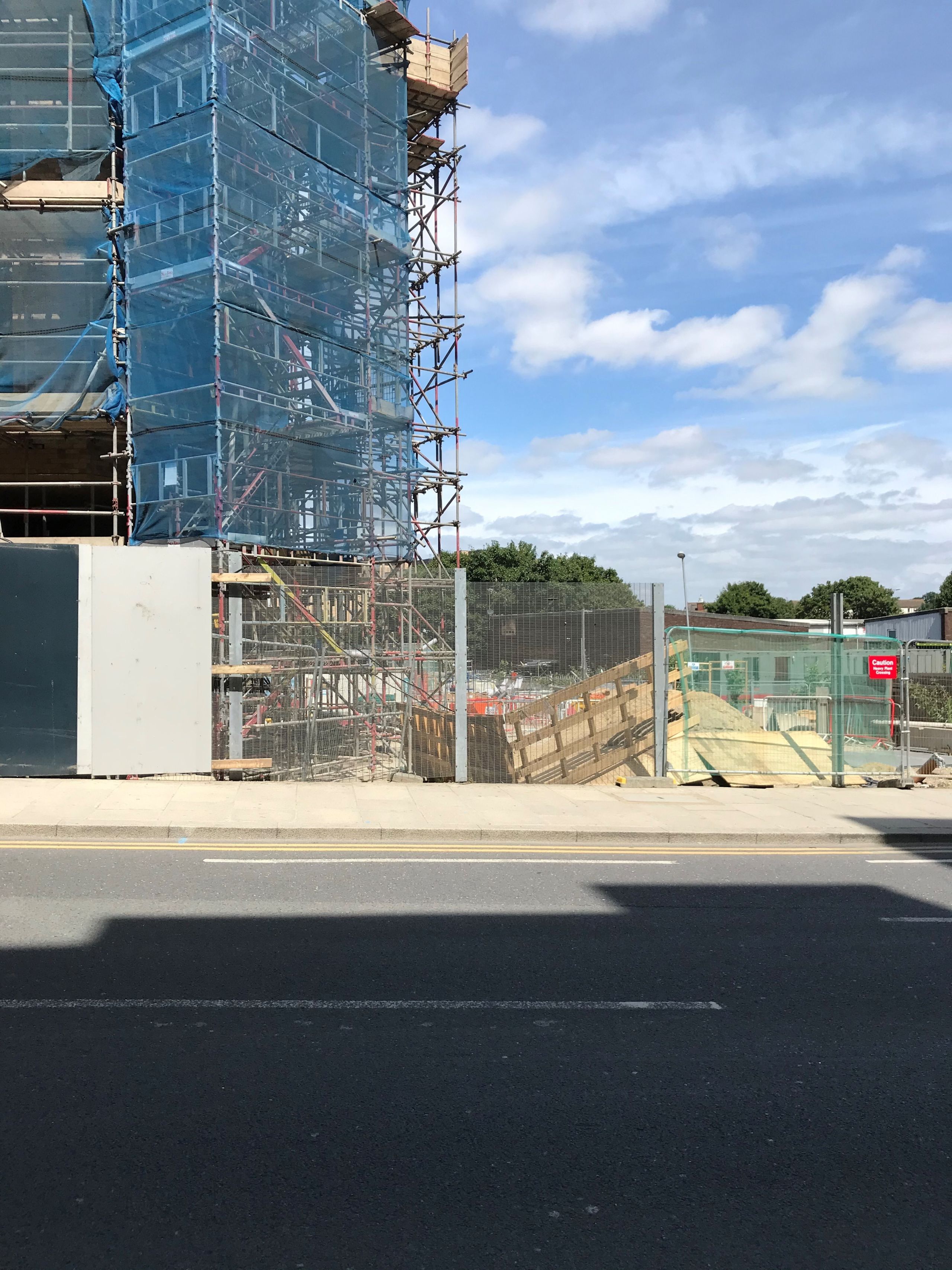
As has been widely reported, the Grenfell Tower fire claimed so many lives because the cladding on the outside of the building was unsafe. As a result, the fire spread quickly up the building. In the aftermath of the fire, the Hackitt report criticised the product testing and marketing regime for being opaque.
In a previous report, we recommended that the product testing regime be made more transparent, and we repeat that in this report.
What we are asking of the Government:
- that some test results be made publicly available
- that a system of third-party certification be established so that the public can have confidence in the safety and quality of construction products.
We believe that if the Government accepts our recommendations the Bill could dramatically improve building safety and ultimately save lives.
What's next?
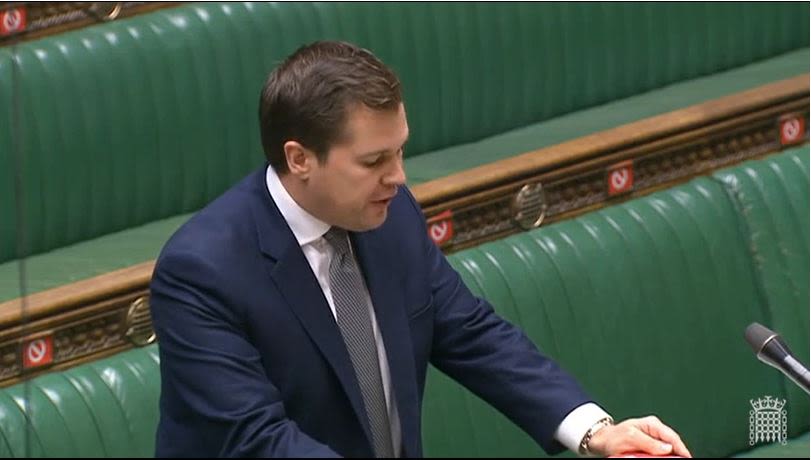
The Government must now respond to our report.
Our report "Pre-legislative scrutiny of the draft Building Safety Bill" was published on Tuesday 24 November 2020.
Detailed information from our inquiry can be found on our website.
If you’re interested in our work, you can find out more on the Housing, Communities and Local Government Committee website. You can also follow our work on Twitter.
The Housing, Communities and Local Government Select Committee scrutinises the policy, administration and spending of the Ministry of Housing, Communities and Local Government.
Cover image: Nico Hogg via Flickr.com

